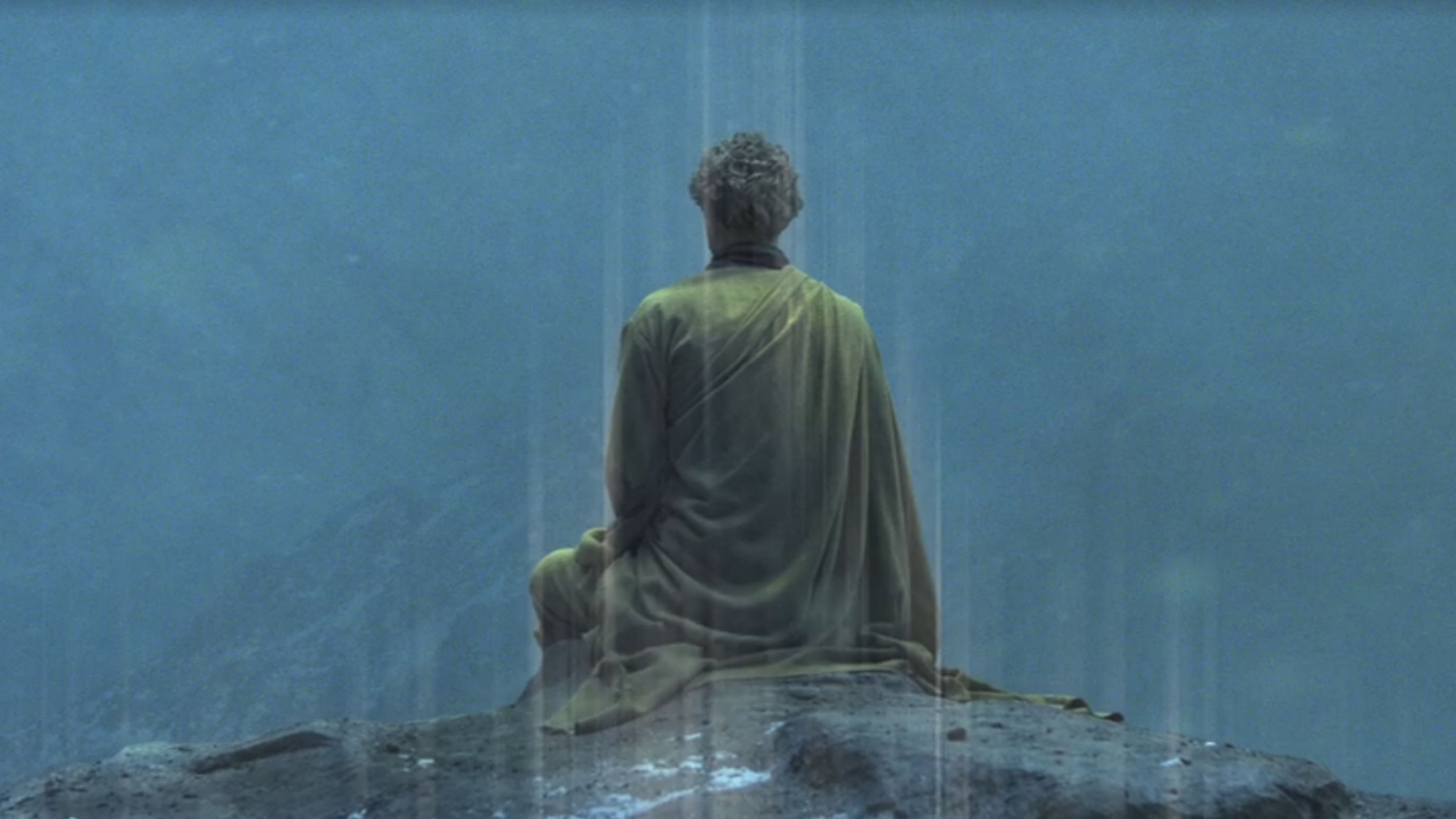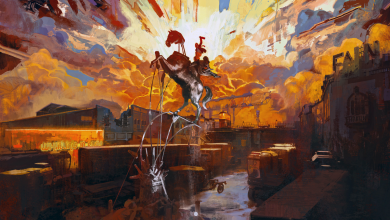Marvel’s White Problem

Image via Youtube/Netflix, available under fair use.
Marvel’s latest cinematic venture, “Dr. Strange,” is said to be a visual masterpiece, already winning over fans and critics alike from its international release. However, this blockbuster has not been free from criticism. The casting of Tilda Swinton, a white British woman, as a Tibetan character known as the “Ancient One” has many publicly denouncing this as whitewashing (including famous actors like George Takei) and others excusing it as the mere side effect of page-to-screen adaptation.
The politics involved in this casting decision could be attributed to appeasing China, one of Marvel’s most lucrative overseas markets. A Tibetan character would be a roadblock for the studio since the Chinese government refuses to acknowledge Tibet as a sovereign country (or even as a culture for that matter). The relations between China and Tibet have been rocky, as China wants communist rule over Tibet, a country led by the Buddhist spiritual leader the Dalai Lama. China’s historic suppression of Tibet would mean that a Tibetan character in a movie released in communist China would likely be seen as offensive.
A simpler reason for this casting change could be that Marvel just wanted a brand name on an iconic character, and casting an Oscar-winning white woman in a male role was deemed progressive enough.
It’s not.
Changing the gender of the Ancient One is not innovative in that it erases the character’s Tibetan identity and excludes an Asian actor from playing the role. Whitewashing such as this has existed in Hollywood since its inception. In this case gender does not compensate for the omission of a person of color from a frankly racially homogeneous movie universe. The issue here is not gender, but race.
This problem of whitewashing is nothing new to the Marvel Cinematic Universe. Not only has the Ancient One been whitewashed but also Scarlet Witch and Quicksilver from “Avengers: Age of Ultron,” who are canonically of Jewish-Romani descent. There is a recurring theme in Marvel’s movies, or rather, a recurring color. The overwhelming number of white actors in Marvel’s films are staggering, leaving little room for representation of other races. A company as wealthy and influential as Marvel/Disney could easily expend some of their expansive resources to find an actor that properly reflects the source material (or the source culture of a given character), but instead they revert to Hollywood’s default race: white.
Marvel’s many new films and television shows easily afford them opportunities to turn some of their older, and frankly more problematic properties, into something less offensive and more befitting of a more socially conscious era. Marvel’s upcoming Netflix series “Iron Fist” embodies the “mighty whitey” trope; that is, a white character who adopts a culture considered exotic from their own and becomes a champion of the indigenous people, mastering their culture and practices. Finn Jones, a white man, has been announced as the title character of the Iron Fist series, but casting an Asian actor in this role would have been a perfect opportunity to diversify the cinematic Marvel property. While not necessarily honest to the source material, “racebending” (deviating from the source material and casting someone of a different race then the character) Iron Fist would help address the racist implications that arises from a character who was created in a more racially and culturally insensitive time.
Iron First arose out of the 1970s, when Eastern practices (like Kung-Fu, meditation, Chi, etc.) were gaining popularity in the West. Both Iron First and Dr. Strange trained in Eastern mystic arts; became the “Chosen One,” who far surpasses their teachers in skill; and inevitably migrated back to the United States, taking their Eastern teachings with them and leaving behind the people and the culture that bestowed upon them their powers.
These narratives’ racist implications could be attributed to their source: racially insensitive white writers. Instead of attributing Chinese culture and practices to Chinese people, fiction writers found it easier to appropriate the culture and apply it to a white character (since the comic book industry was overwhelmingly white and male this standard mold was frequently used.) The lack of diversity in the comic book industry was a reflection of the time period, as was Marvel’s problematic interpretations of foreign cultures and peoples. In an era that offered little opportunities for people of color and women, most of the characters from these denominations were written quite offensively.
To argue that Marvel has made strides toward diversifying their property is false when the Marvel Cinematic Universe serves as proof of their lack of progress. Although their comics, in recent years, have created new characters to lure in readers from outside the white, cisgender, heterosexual, male persuasion, their movies seem to fall flat when it comes to representation. The film industry also has a much larger audience and fanbase, making the Marvel films the first thing most people associate with the superhero franchise. It is disingenuous for a company like Marvel to create multi-ethnic and inclusive universes on the page, but not in their widely consumed movie franchise.




